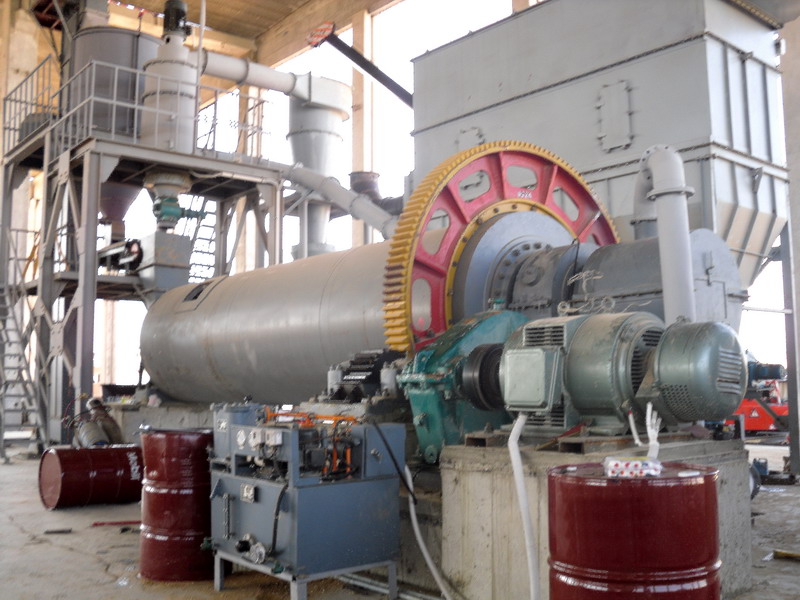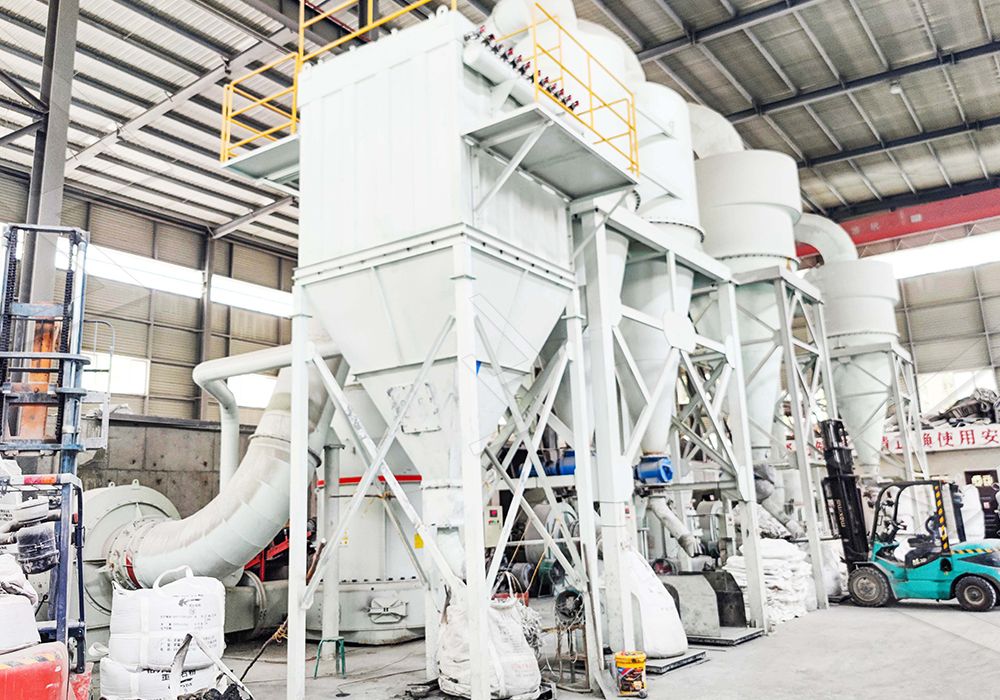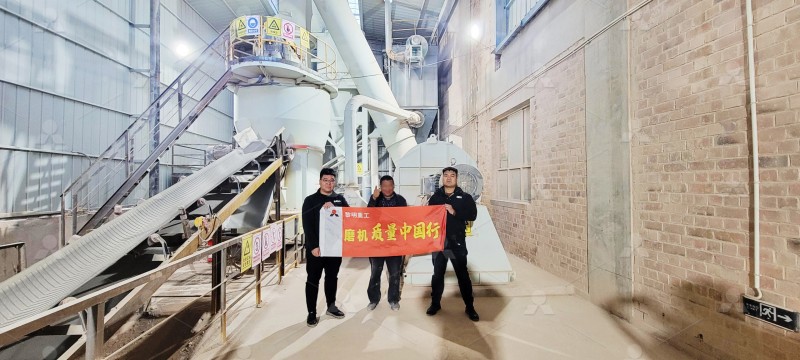Calculation of Cement Ball Mill Capacity: Formulas and Practical Examples
Calculation of Cement Ball Mill Capacity: Formulas and Practical Examples
In the cement production industry, accurately calculating the capacity of a ball mill is crucial for optimizing production lines, reducing energy consumption, and ensuring product quality. The capacity of a ball mill is influenced by numerous factors, including its dimensions, rotation speed, grinding media load, material characteristics, and the efficiency of the auxiliary equipment. This article provides a concise overview of the key formulas used for capacity calculation and offers some practical examples.
Key Influencing Factors on Ball Mill Capacity
Before diving into calculations, it’s essential to understand the primary factors affecting a mill’s throughput:
- Mill Dimensions: The length (L) and diameter (D) of the mill are fundamental. The effective grinding volume is a primary determinant of capacity.
- Rotation Speed (n): Usually expressed as a percentage of the critical speed (nc = 42.3/√D, where D is in meters). Optimal operation is typically between 65% and 80% of nc.
- Grinding Media: The type, size, density, and loading of the balls significantly impact grinding efficiency. The filling ratio (φ) of media is usually between 25% and 35% of the mill volume.
- Material Properties: Feed size, hardness, moisture content, and desired fineness of the product all play a critical role.

Basic Capacity Calculation Formulas
While detailed calculations can be complex, a simplified formula for estimating the capacity (Q) of a cement ball mill is often expressed as:
Q = (6.45 * D2.5 * L * n * φ * δ) / (Gb0.5)
Where:
- Q = Mill capacity (t/h)
- D = Internal diameter of the mill (m)
- L = Internal length of the mill (m)
- n = Rotation speed (rpm)
- φ = Media filling ratio (decimal, e.g., 0.3 for 30%)
- δ = Bulk density of the grinding media (t/m³)
- Gb = Bond work index of the material (kWh/t) – a measure of its hardness
This formula provides a rough estimate. More precise models incorporate additional factors like liner design, air flow, and classification efficiency.
Practical Calculation Example
Let’s consider a practical example. Assume a cement ball mill with the following parameters:
- Internal Diameter (D): 3.2 meters
- Internal Length (L): 11 meters
- Rotation Speed (n): 17 rpm (approx. 75% of critical speed)
- Media Filling Ratio (φ): 0.3 (30%)
- Bulk Density of Media (δ): 4.6 t/m³
- Bond Work Index for clinker (Gb): 15 kWh/t
Plugging these values into our formula:
Q = (6.45 * (3.2)2.5 * 11 * 17 * 0.3 * 4.6) / (√15)
First, calculate D2.5: 3.22.5 ≈ 3.2 * 3.2 * √3.2 ≈ 10.24 * 1.788 ≈ 18.32
Now, calculate the numerator: 6.45 * 18.32 * 11 * 17 * 0.3 * 4.6 ≈ 6.45 * 18.32 ≈ 118.2; 118.2 * 11 ≈ 1300; 1300 * 17 = 22,100; 22,100 * 0.3 = 6,630; 6,630 * 4.6 ≈ 30,498
Denominator: √15 ≈ 3.87
Final Calculation: Q ≈ 30,498 / 3.87 ≈ 78.8 t/h
Therefore, the estimated capacity for this mill grinding cement clinker is approximately 79 tons per hour. It’s vital to remember this is an theoretical value; actual plant output must be verified through operational data and will vary with material feed size and circuit efficiency.

Beyond Traditional Ball Milling: Modern Solutions
While ball mills are a cornerstone of cement grinding, modern mineral processing often demands higher efficiency and finer products. For operations requiring ultra-fine powders beyond the practical range of standard ball mills, advanced grinding technologies offer significant advantages in energy consumption and particle size control.
For instance, our MW Ultrafine Grinding Mill is expertly designed for customers needing to produce ultra-fine powder between 325-2500 meshes. With an input size of 0-20 mm and a capacity range of 0.5-25 tph, it excels in processing materials like limestone, calcite, and dolomite. A key feature is its higher yielding and lower energy consumption – it can achieve 40% higher production capacity than jet mills with system energy consumption only 30% of jet milling systems. Its innovative design, including no rolling bearings or screws in the grinding chamber and an efficient pulse dust collector, makes it a robust and eco-friendly choice for chemical, paint, and cosmetic industries.
Conclusion
Calculating ball mill capacity involves understanding both theoretical formulas and practical operational constraints. The simplified formula provided offers a starting point for estimation, but engineers must always correlate this with real-world performance data. For applications demanding finer grinding or greater efficiency, exploring advanced milling technologies like our MW Ultrafine Grinding Mill can provide substantial benefits in productivity, energy savings, and final product quality, ensuring your operation remains competitive and environmentally conscious.

